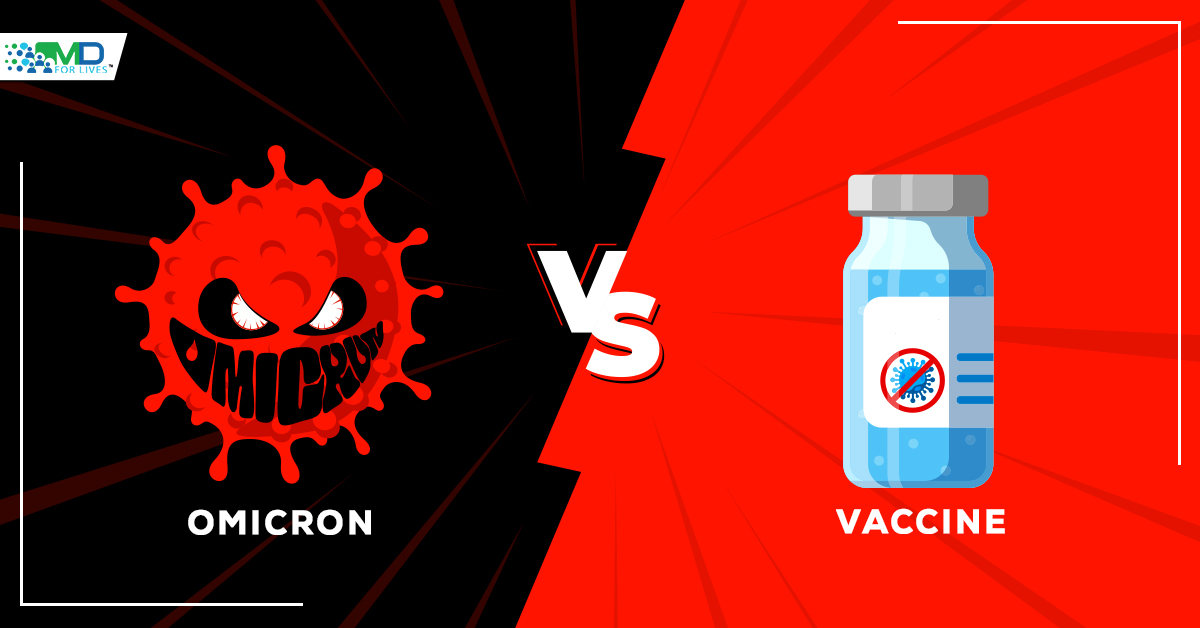This year would probably be remembered as one of the darkest times of the 21st century. The amount and intensity of disasters around the world are so overwhelming that it seemed like a year had already passed. Some of the most notable happenings recently are the Australian wildfire, volcanic eruptions, the threats of World War III, the death of Kobe and Gianna Bryant, and COVID-19. Out of all these, COVID-19 is definitely the most devastating.
The COVID-19 had been ongoing for around six months now. The magnitude of its effects is so great that it managed to put the entire world on hold. Lockdowns lasted for months which were implemented by different countries in hope to control the spread of the virus. Some countries managed to do better than others, but the scare of this pandemic is far from over.
How is the World Holding Up COVID-19
As of June 2020, there have been more than nine million confirmed cases, with almost 500 thousand deaths around the world. On the other hand, the amount of people that have recovered is around five million. Although more patients have recovered, COVID-19 is still a threat due to the number of people it infected and continues to do so in a small period of time.
According to research, the current case fatality rate (chance of an infected person to die from the disease) of COVID-19 is at approximately 5.7%. This percentage increases depending on the age and existing medical conditions of the infected person. In addition to this, WHO said that one major factor that determines the case fatality rate is access to and quality of health care.
This pandemic highlighted the health care system in most countries. Taiwan, Singapore, and South Korea are being held as the countries that had the best response in handling the virus. Aggressive early response, such as extensive mass testing, contact tracing, and isolation proved to be a very effective way to minimize the infection. Government’s support in providing different personal protective equipment (PPE) and tools for the front-liners is also a very important factor in managing the spread of the virus. On the other end, the United Kingdom, United States, Brazil, and Russia are the countries having a hard time handling the pandemic. Mass testing seems to be a common problem in these four countries.
COVID-19 Updates – Medical Management
No doubt that the first and most important step in managing COVID-19 is able to identify who is infected. Identified patients are handled differently based on the severity of the disease. The degree could be categorized into mild, moderate (low risk and high risk), severe, and critical. Mild and low-risk moderate cases are isolated and could be treated in their homes or a community facility. High risk moderate, severe, and critical cases are treated and isolated in health care facilities since medical assistance is required.
The standard medical management for high risk moderate, severe, and critical cases is a supportive treatment which includes mechanical ventilation or extracorporeal membrane oxygenation. On top of that, different drugs are also being administered to help the patients recover. Although it was used previously, the WHO now recommends against the use of chloroquine or hydroxychloroquine in the treatment of COVID-19. Instead, remdesivir is now the standard in managing moderate and severe cases.
Remdesivir is now on Phase 3 trial and is currently approved in Japan and has temporary authorization in the U.S. while there are no better alternatives. Patients that were treated with remdesivir had a shorter duration of illness down from 15 days to 11 days. It is also theorized that remdesivir’s mechanism of action can block coronavirus from utilizing the cell’s machinery, preventing it from multiplying inside the body. However, this is not conclusive yet, and more studies are needed. Due to remdesivir’s limited accessibility, other countries opt to use corticosteroids which are also proven to be effective in managing COVID-19. Most commonly used corticosteroids are dexamethasone, methylprednisolone, and ciclesonide.
COVID-19 Updates – What’s Ahead?
The only way to truly defeat COVID-19 is by treating all the infected at the same time or developing a vaccine that would prevent people from getting sick. The development of vaccines for any disease is a very tedious and lengthy process. Countless trials, research, and testing are required to make sure a vaccine is both safe and effective. In total, it takes at least ten years to develop a vaccine for a particular disease. However, the race to COVID-19 vaccine is moving at an unprecedented speed with researchers trying to come up with one by next year.
Currently, there are more than 140 vaccines in development, three of which are already in Phase 3 trials. Phase 3 trial means that a vaccine is being tested on thousands of people and scientists observe how many people would still get infected even though they received the vaccine. The three vaccines are being developed by the University of Oxford, Sinopharm (a Chinese company), and Murdoch Children’s Research Institute in Australia.
Although the vaccine for COVID-19 is underway, there is no denying that there is a possibility for the development of COVID-19 vaccine to take longer than expected. Dealing with the spread of the virus now is as important as developing a vaccine. By combining proper case management with an effective vaccine, there is no doubt that the war with COVID-19 would eventually be won.








9 Comments
COVID19 Vaccine Update: What you need to know about vaccine
5 years ago[…] require a good deal of time and money. Sadly, those two resources are not always in ample supply. Vaccines usually take years – even decades – to be made. Most of the time between trials may be […]
Comorbidities & COVID-19: How They Affect Prognosis - MDforLives
5 years ago[…] between 30 and 79 years old. Similarly, in a modeling study based on data from mainland China, the hospitalization rate for COVID-19 increased with age, with a 1 % rate for those 20 to 29 years old, 4 % rate for those 50 to 59 years […]
Health for All Film Festival: The Role of Media amidst COVID-19 - MDforLives
5 years ago[…] still better than social media. So, they stick to television and radio. However, with the fear of spreading COVID-19, even the government officials and journalists are urged to stay at home-good thing these agencies […]
Is Enhancing Food Safety Practices Amid the Worldwide Pandemic?
5 years ago[…] the threat of covid-19, extra precautionary measures should be taken in our everyday life as the “new normal”. […]
Is Plitidepsin more effective than Remdesivir for COVID-19 Treatment
5 years ago[…] new study suggests plitidepsin, an eEF1A inhibitor could be used as a COVID-19 […]
COVID-19 Treatment – Is Plitidepsin more effective than Remdesivir? - MDForLives
4 years ago[…] new study suggests plitidepsin, an eEF1A inhibitor could be used as a COVID-19 […]
Enhancing Food Safety Practices amid The Worldwide Pandemic - MDForLives
4 years ago[…] the threat of covid-19, extra precautionary measures should be taken in our everyday life as the “new normal”. […]
How morbid are comorbidities: COVID-19 comorbidities and how they affect prognosis - MDForLives
4 years ago[…] between 30 and 79 years old. Similarly, in a modeling study based on data from mainland China, the hospitalization rate for COVID-19 increased with age, with a 1 % rate for those 20 to 29 years old, 4 % rate for those 50 to 59 years […]
COVID19 VACCINE UPDATE - MDForLives
4 years ago[…] require a good deal of time and money. Sadly, those two resources are not always in ample supply. Vaccines usually take years – even decades – to be made. Most of the time between trials may be […]